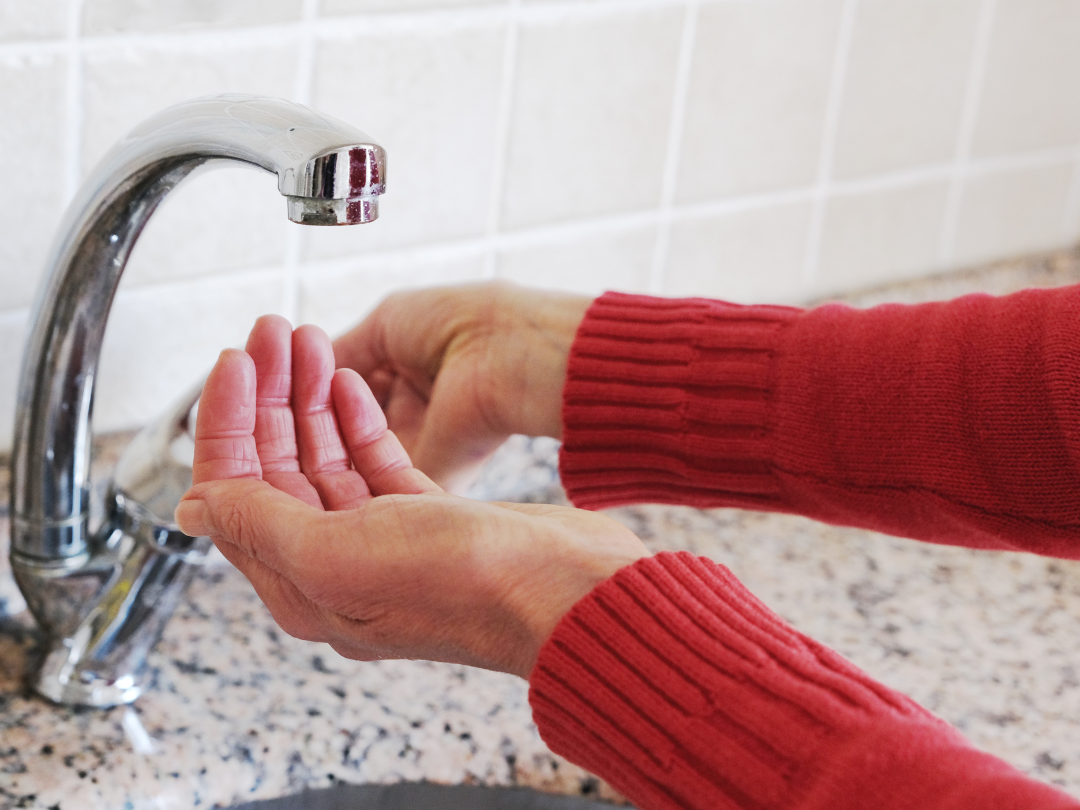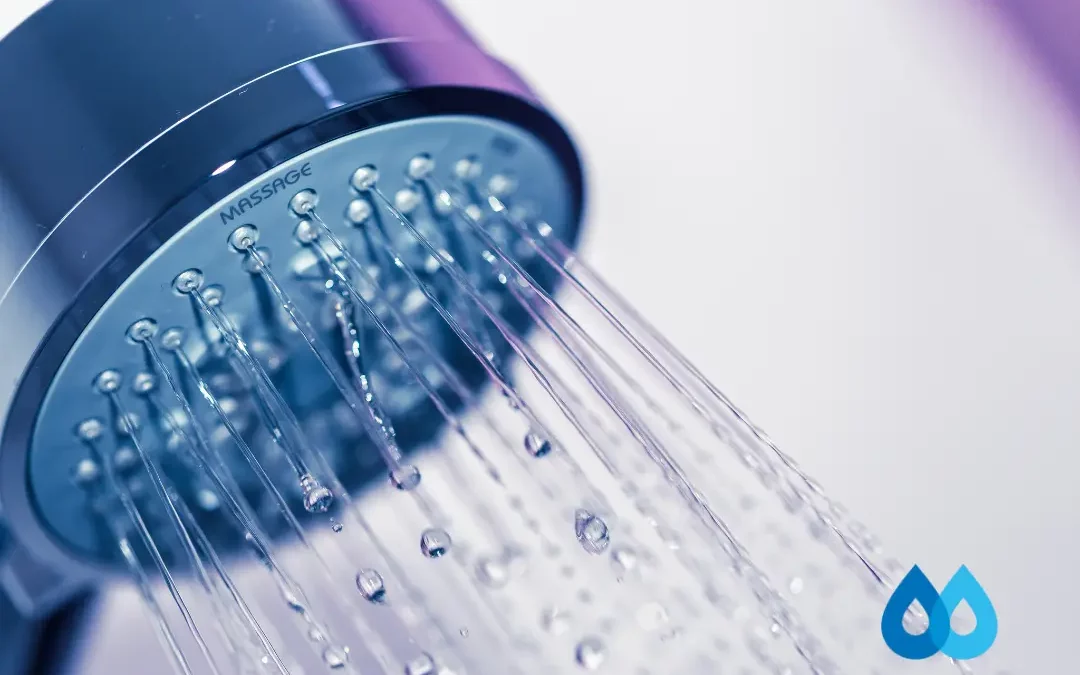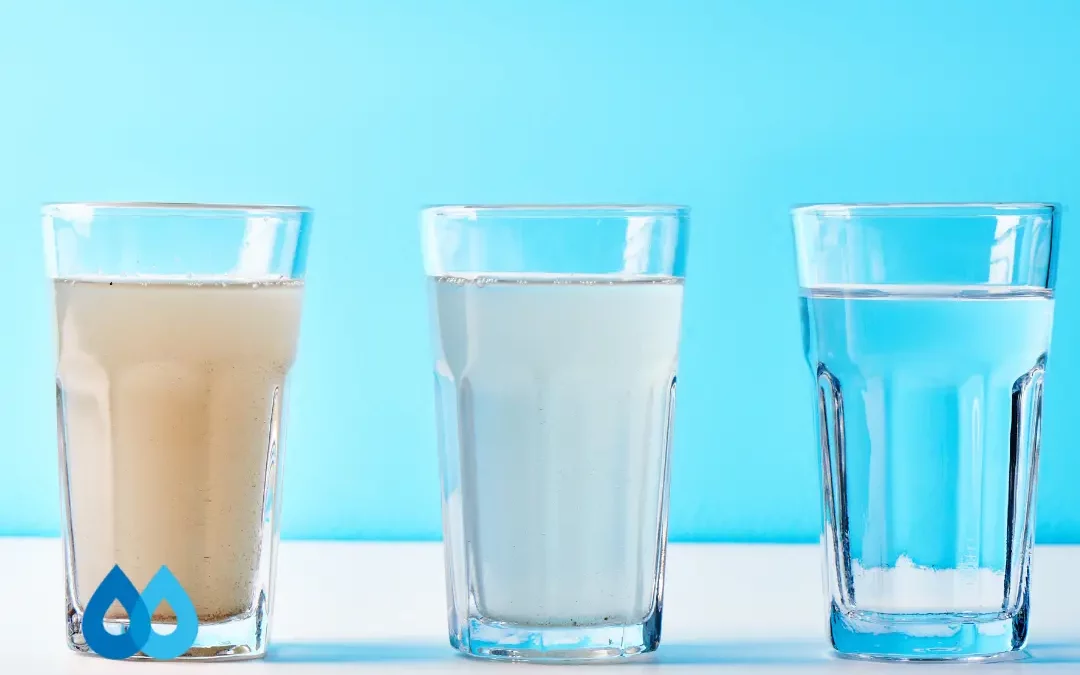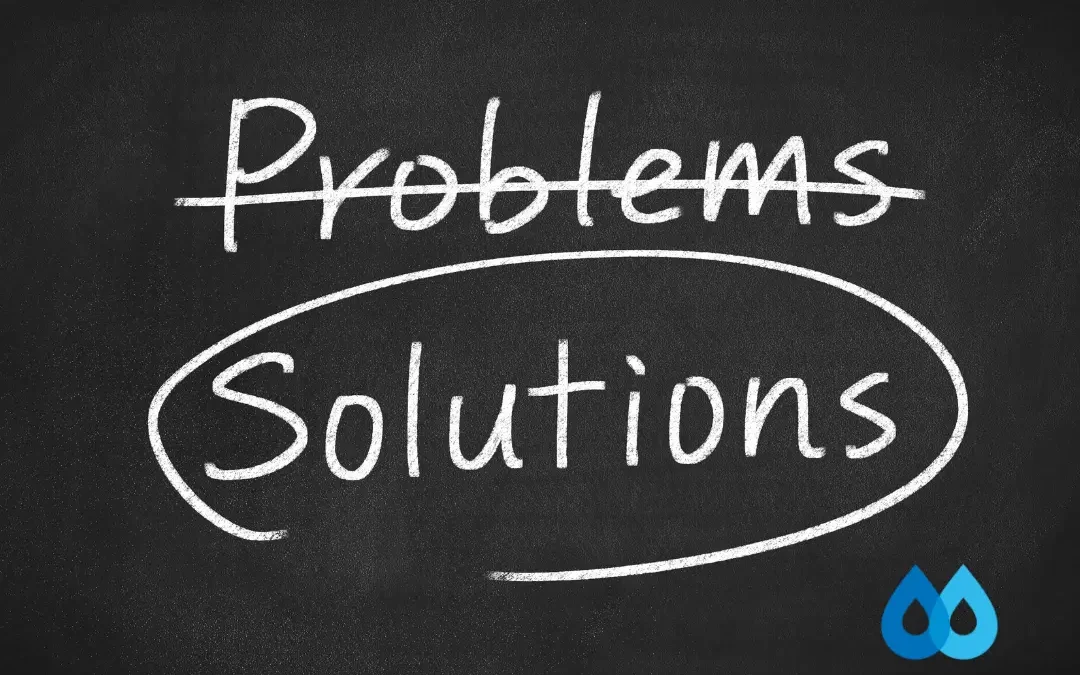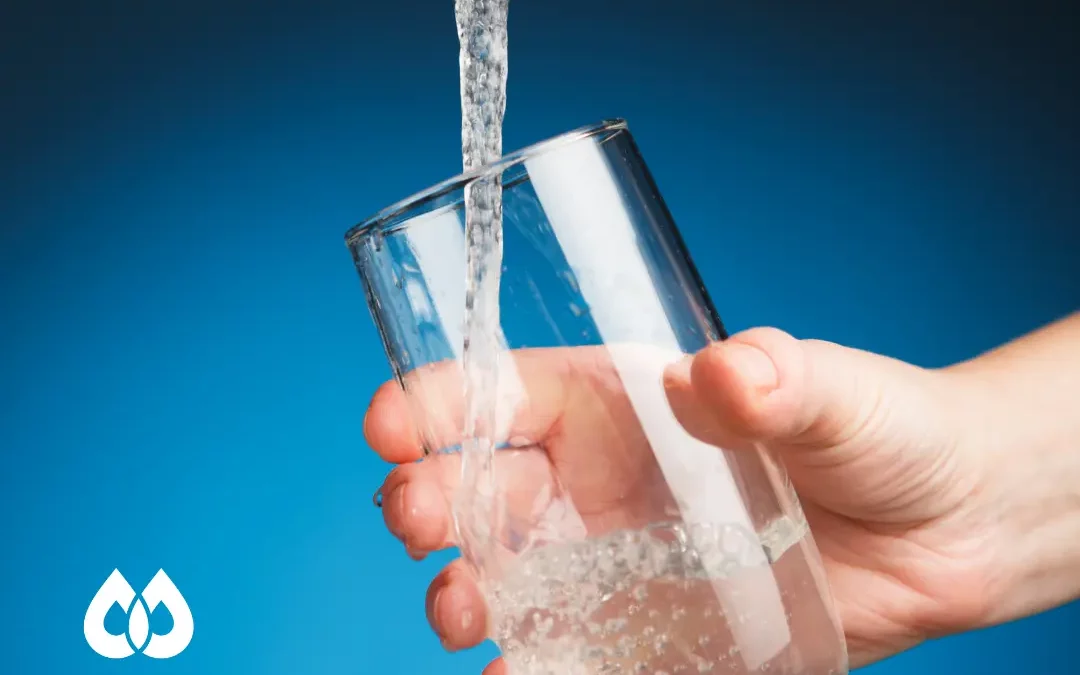The American southwest is experiencing an unprecedented water shortage as it faces the worst drought in at least 1,200 years. Lake Mead, the largest man-made reservoir in the United States, has reached record lows, sitting at just 26% of its total water capacity. And in recent news, the lake’s low water levels have even revealed dead bodies. Utah’s Great Salt Lake is drying up too, currently at just one-third of its usual size.
Long periods of drought are nothing new to the southwest, but the recent lack of rainfall paired with record-setting heat waves is starting to put a strain on infrastructure. Experts attributed the area’s dangerously dry soil to recent climate change and placed a water restriction on the Colorado River Basin for the first time in history, saying there may be more restrictions in the future.
How Does What’s Happening in the Southwest Affect Us?
David Feldman, a trusted government consultant on water policy, says the water shortage is a global problem. “The unpredictability of precipitation, the growth in various demands for water– not just for agriculture but for urban use, for industry, for manufacturing– is a problem that’s becoming common worldwide.”
Water Shortage Solutions
Companies Turn to AI
The agriculture industry is one of the largest consumers of freshwater in the world. Considering the limited supply, coupled with worsening threats of drought and wildfire, farmers are exploring new ways to protect their crops from the water shortage– with the help of AI-backed technologies. By relying on data analysis and automated operations, farmers aim to grow more food on less water. Although climate models can be hard to understand, the AI software will be able to identify both current and future risks as it recalls past climate patterns.
Countries Invest in Desalination
In the Mexican city of Monterrey, the taps have been dry since the beginning of the year. While corporations have access to the city’s aquifers, residents and small businesses are left struggling, reliant on water deliveries. The government is straining to deliver enough water. For now, the state has plans to build a wastewater treatment plant in addition to purchasing water from a nearby desalination plant.
Although parts of California might not receive a cut in water allocation right now, experts admit that resources are stretched thin. Around the world, nearly 40% of the population deals with challenges posed by the water shortage, and many lack access to clean drinking water. And as the population grows, drinkable water becomes more and more scarce. Could desalination be the answer?
Desalination as a Personal Solution
Desalination is the process of removing salt from seawater through reverse osmosis. Using high pressure and a semipermeable membrane, the reverse osmosis process eliminates impurities from seawater before treating it with minerals and chlorine. The desalinated freshwater can then be safely stored and distributed.
Reverse osmosis filtration is one of the most advanced desalination systems in the world, making it a sustainable solution for the world at large and your world at home. The process releases fewer greenhouse gases than other methods, protects the marine environment, and is conscious of energy production.
“While desalination on its own cannot solve the global water crisis, it is proving to be one of the most effective ways of taming water loss and boosting supplies with the evolution of technologies involved in water recycling reaching millions who would otherwise struggle with access to clean and affordable water,” says another respected water expert.
Around the World, Desalination Delivers
As several U.S. cities struggle with water contamination, it’s important to know how to protect yourself and your family from water shortage as well as from contaminated drinking water. Reverse osmosis filtration systems provide fresh, clean drinking water to your home, minus the harmful contaminants and undesired minerals. The purest water is possible! Now you can get crisp, bottled water quality straight from the tap. Contact us today to explore your clean drinking water solutions!
